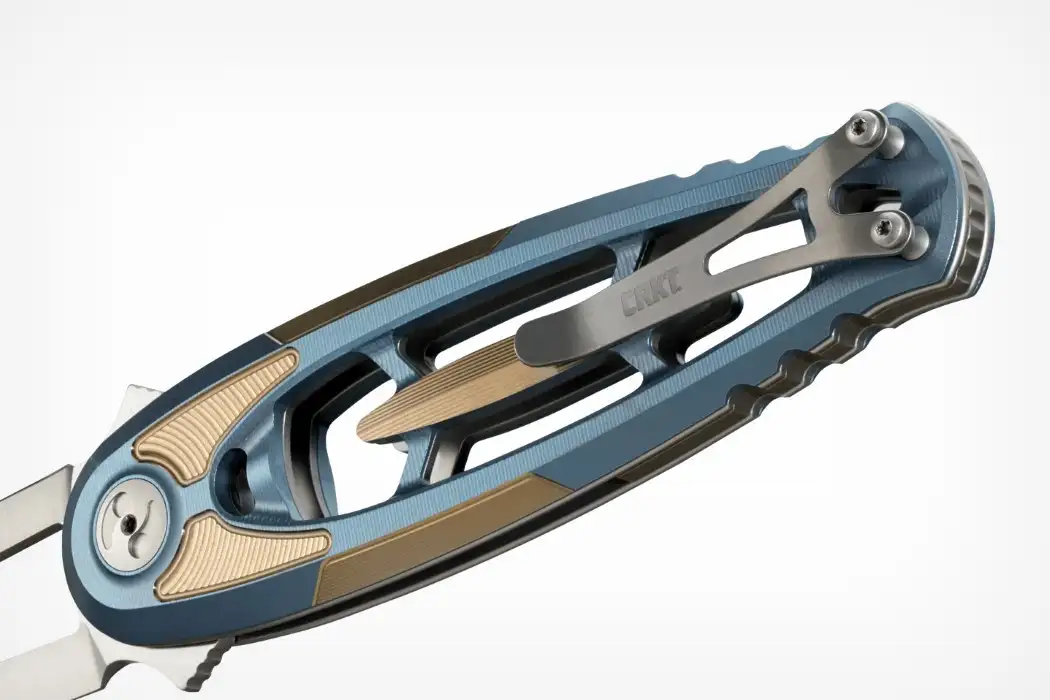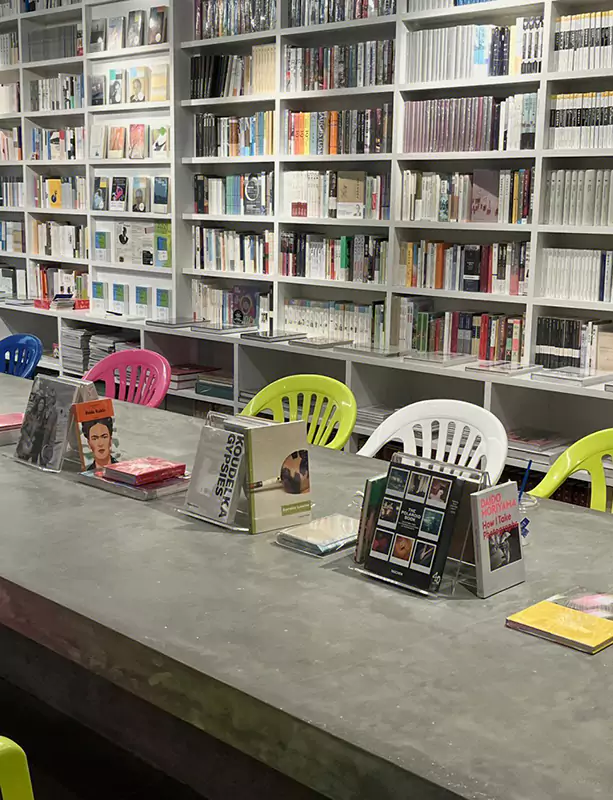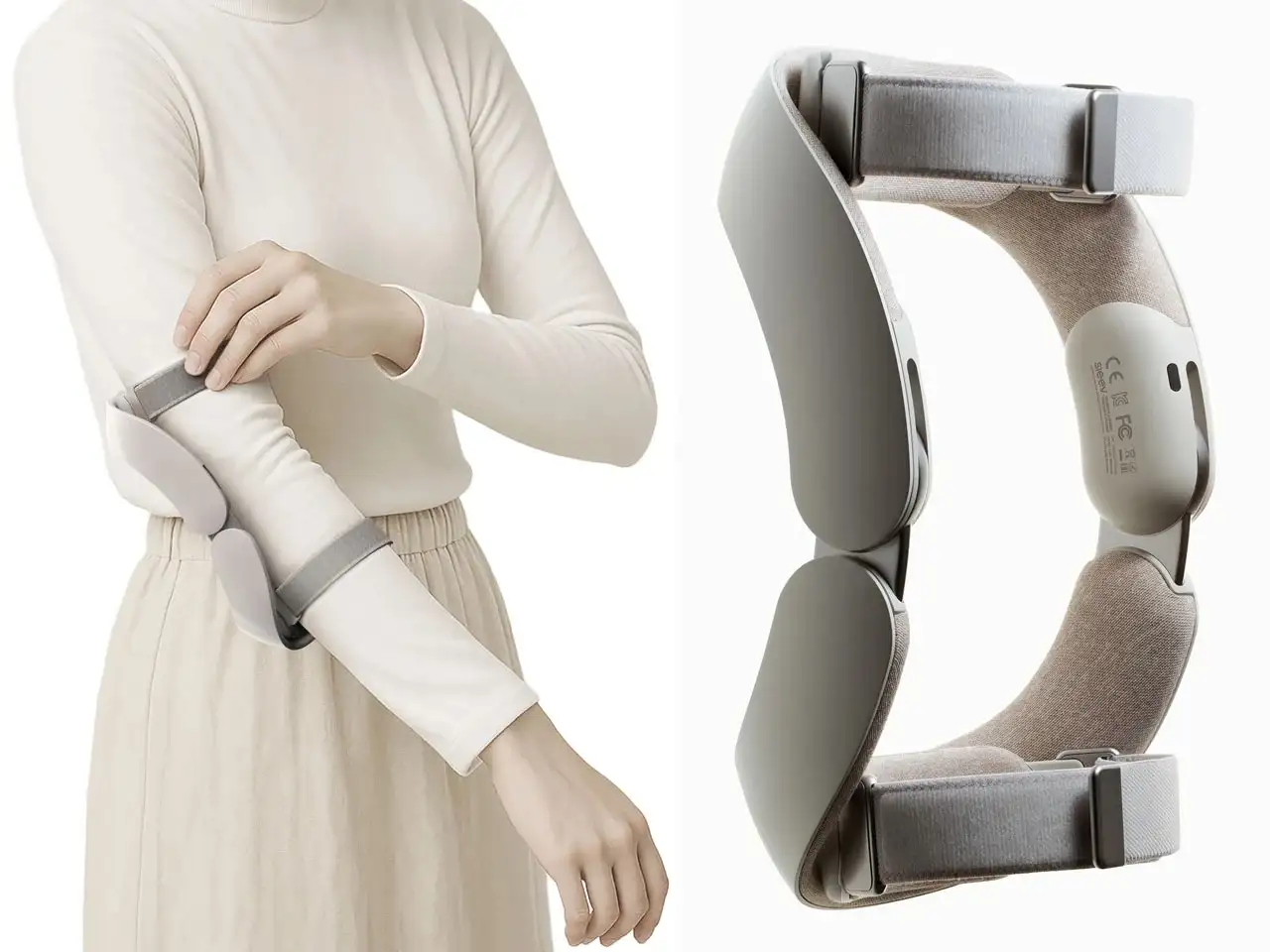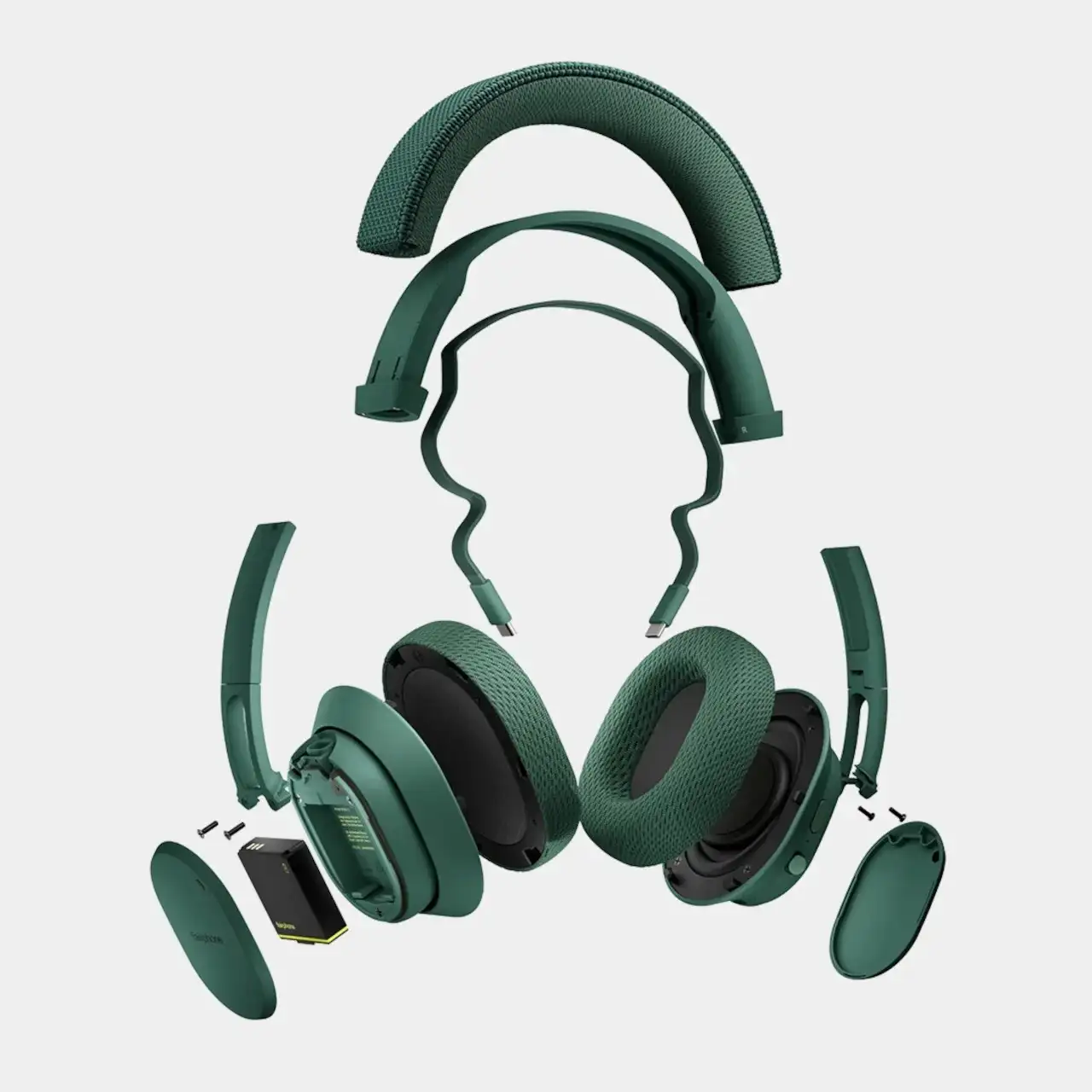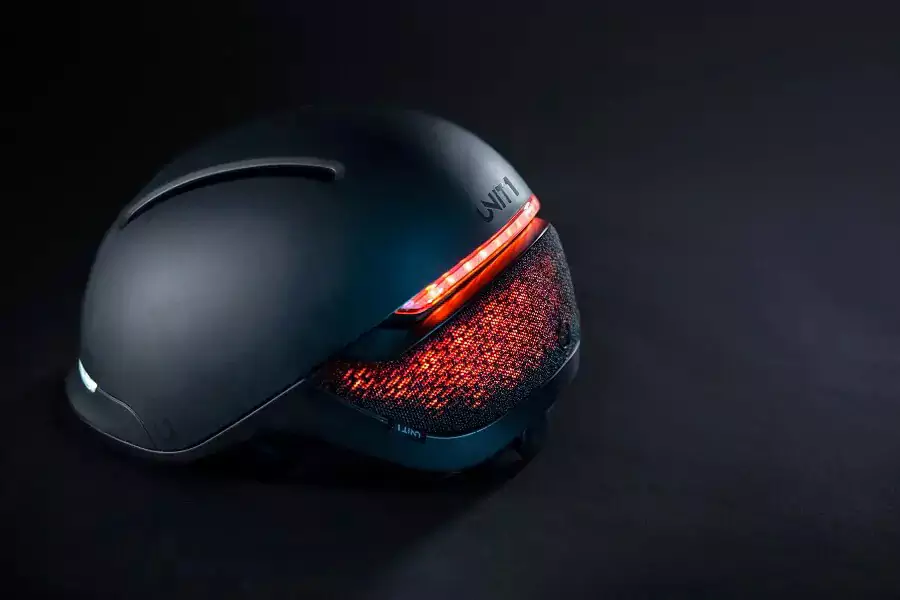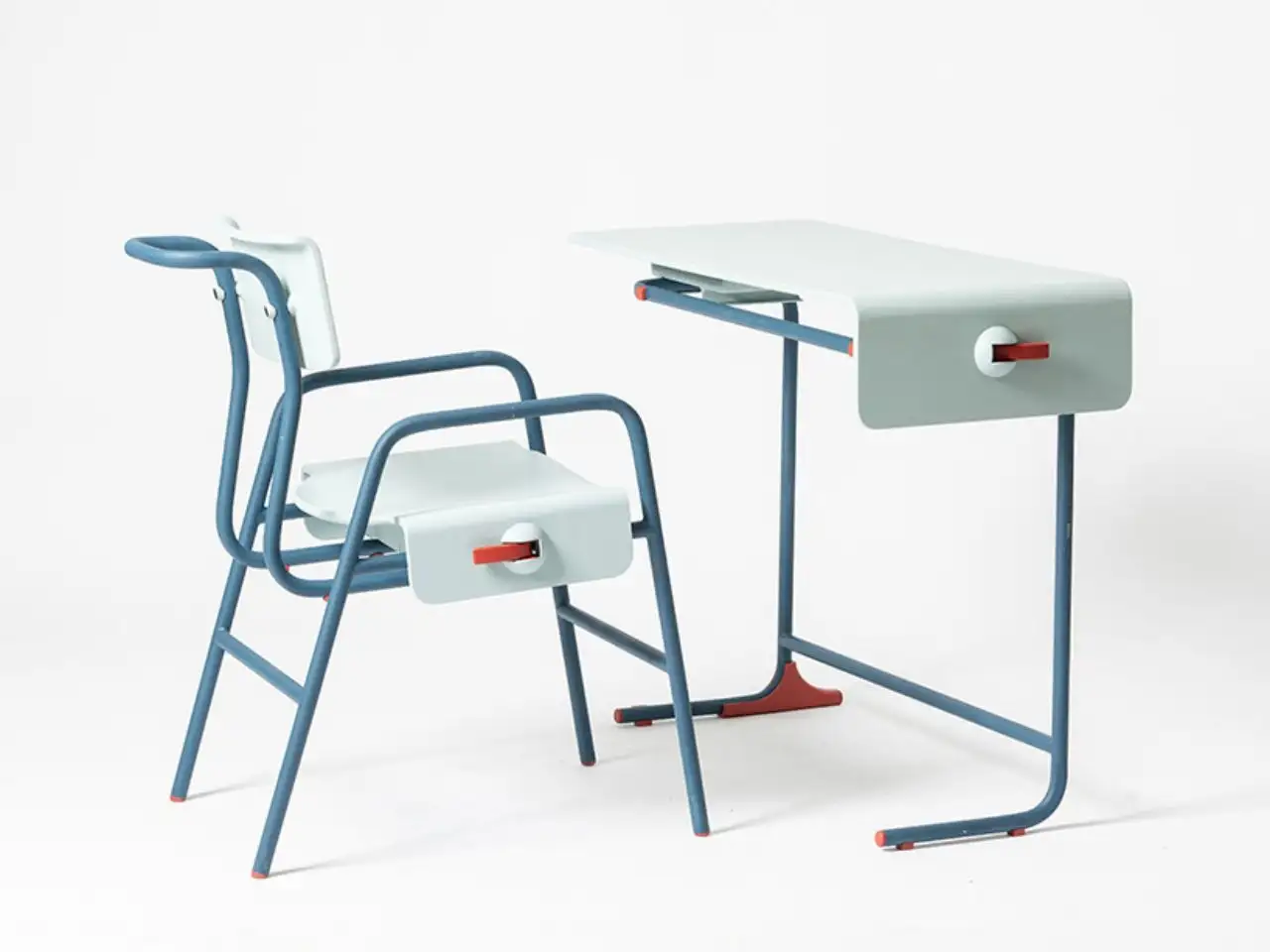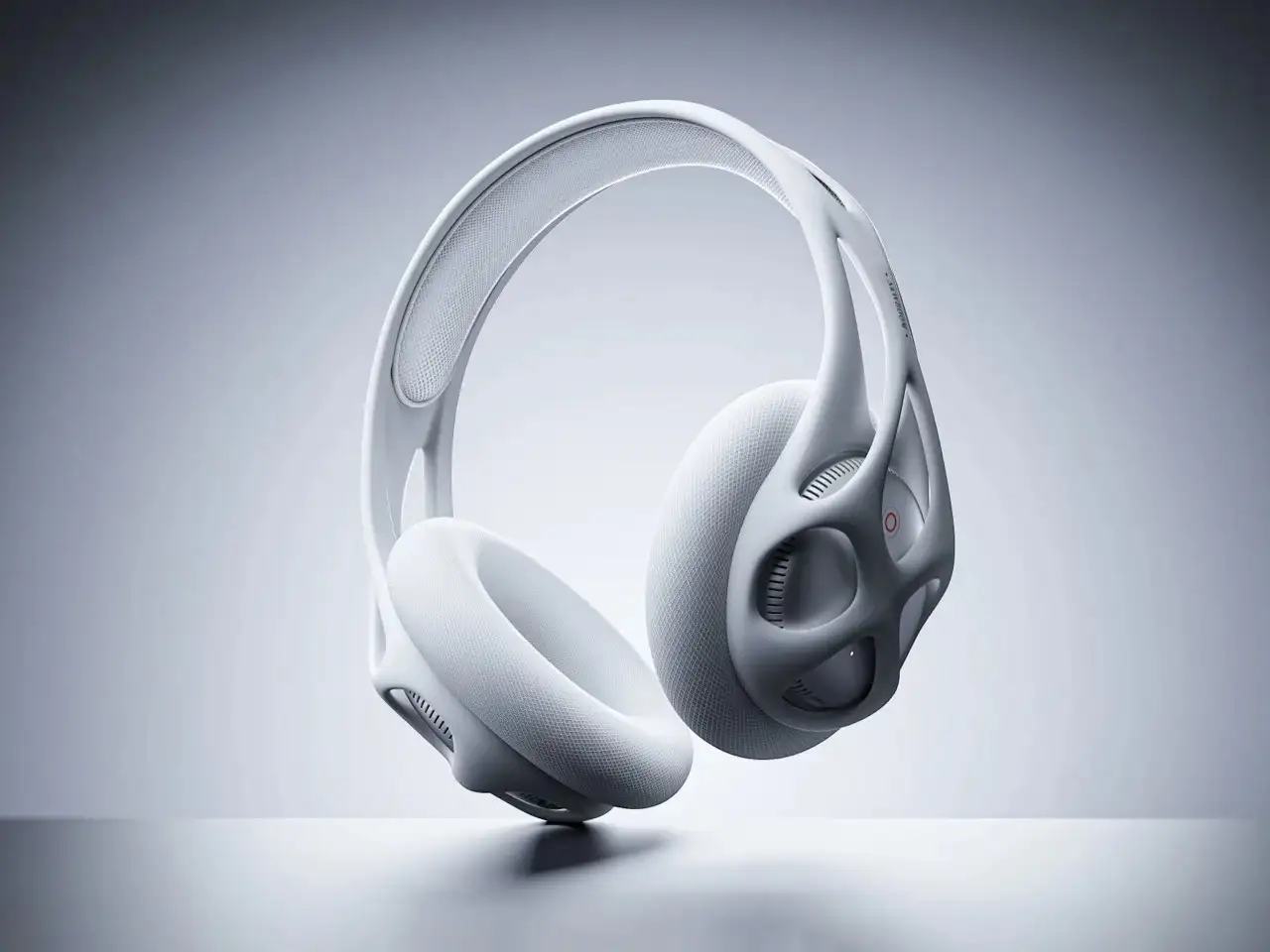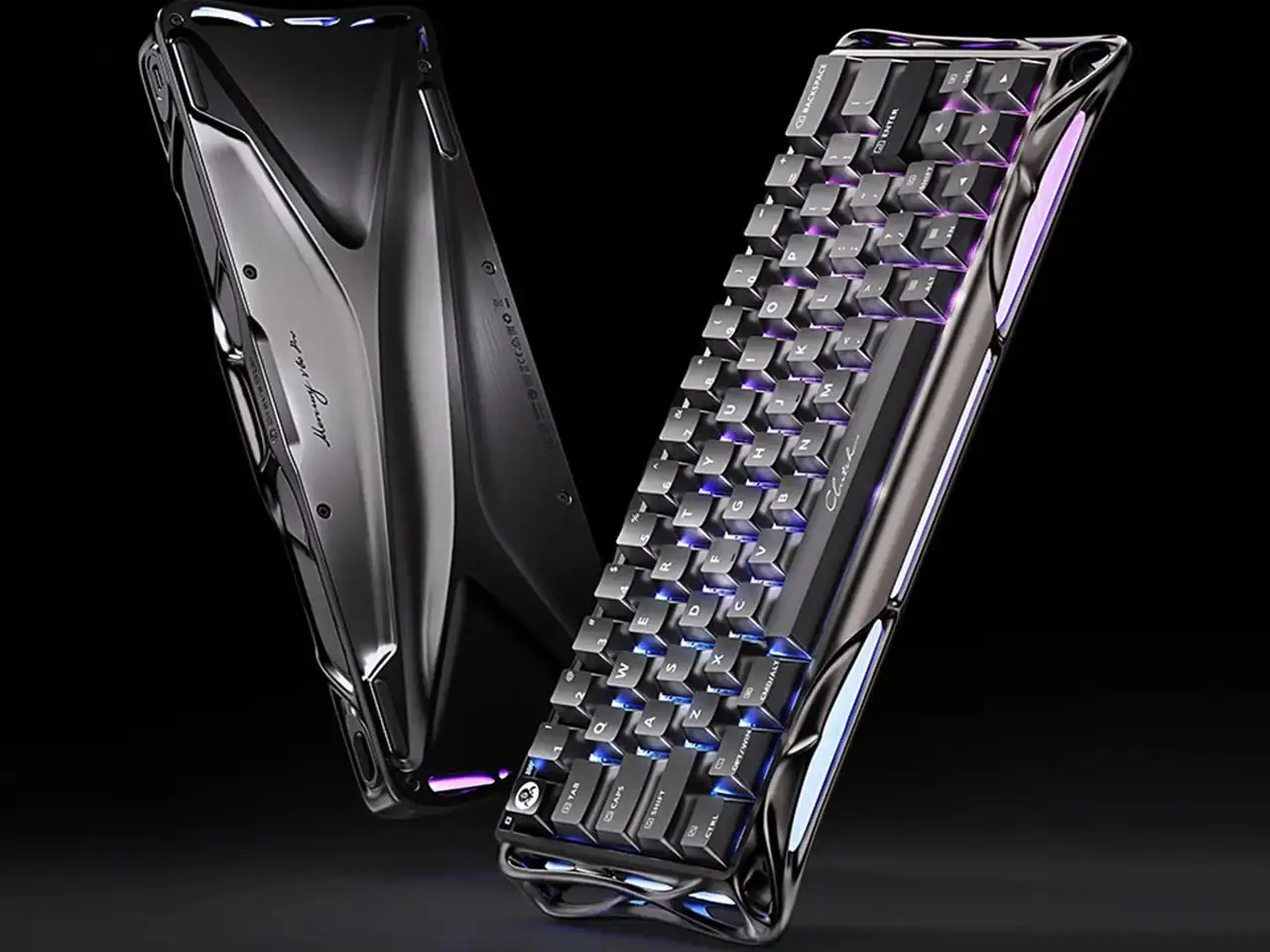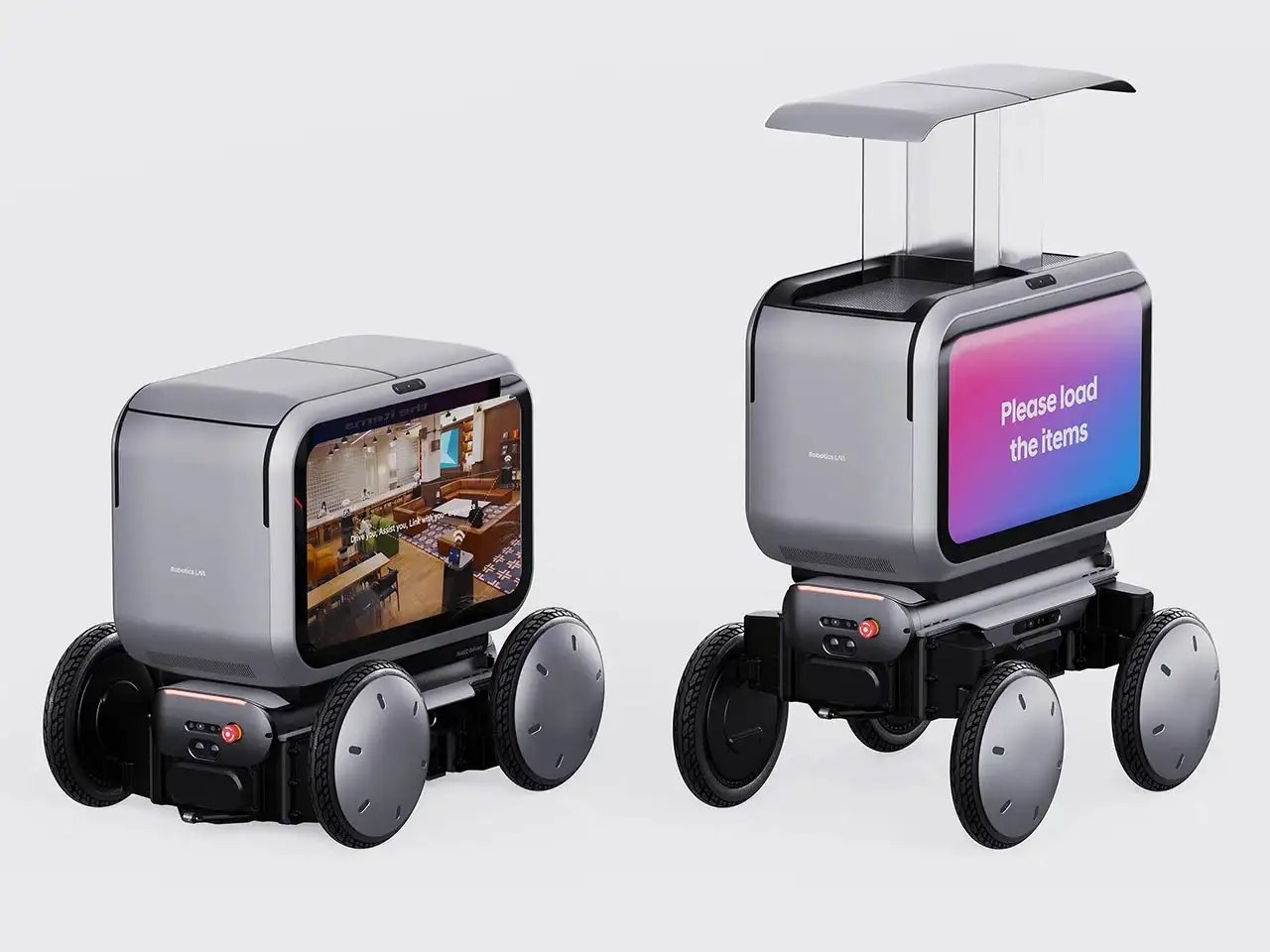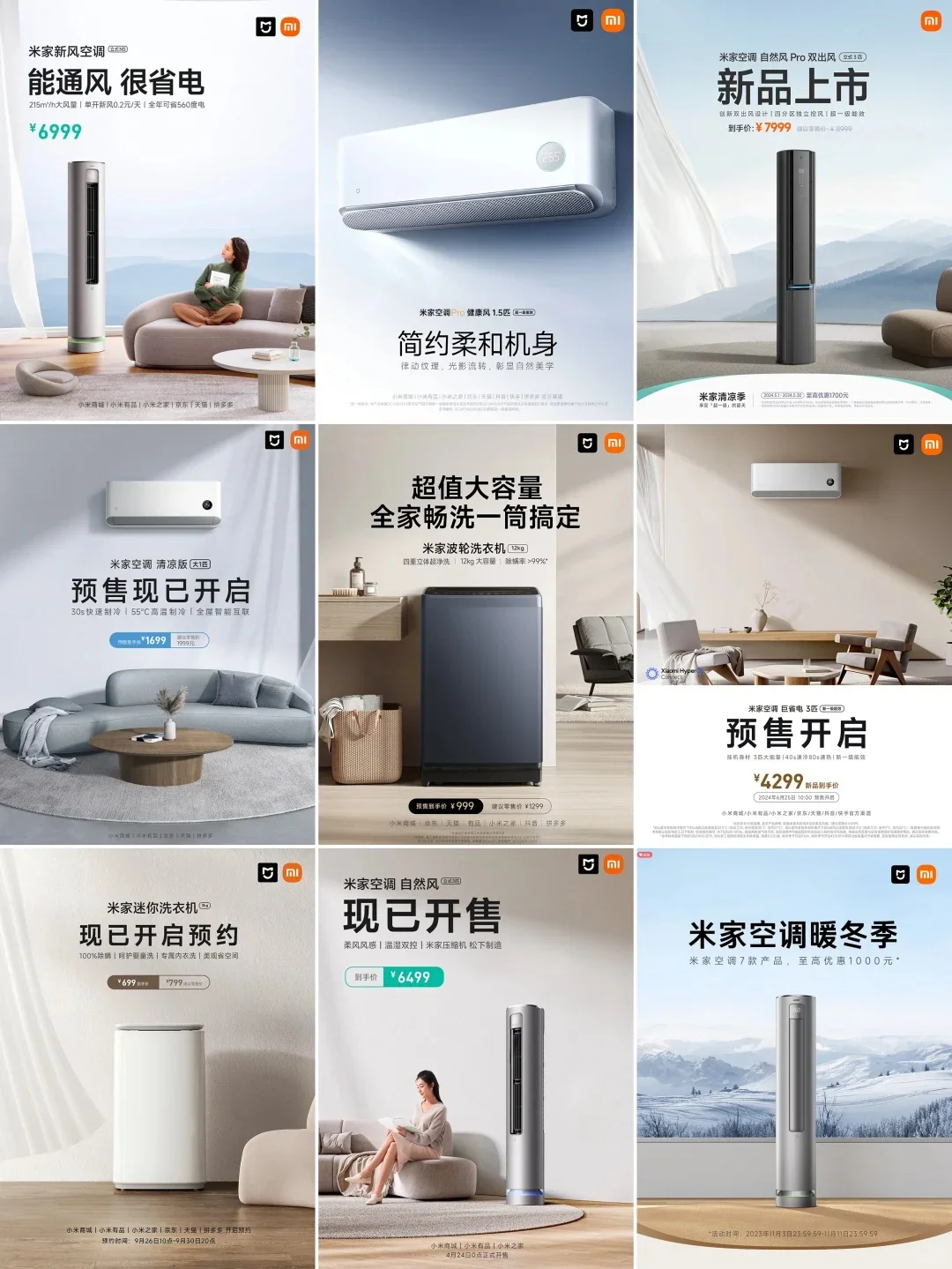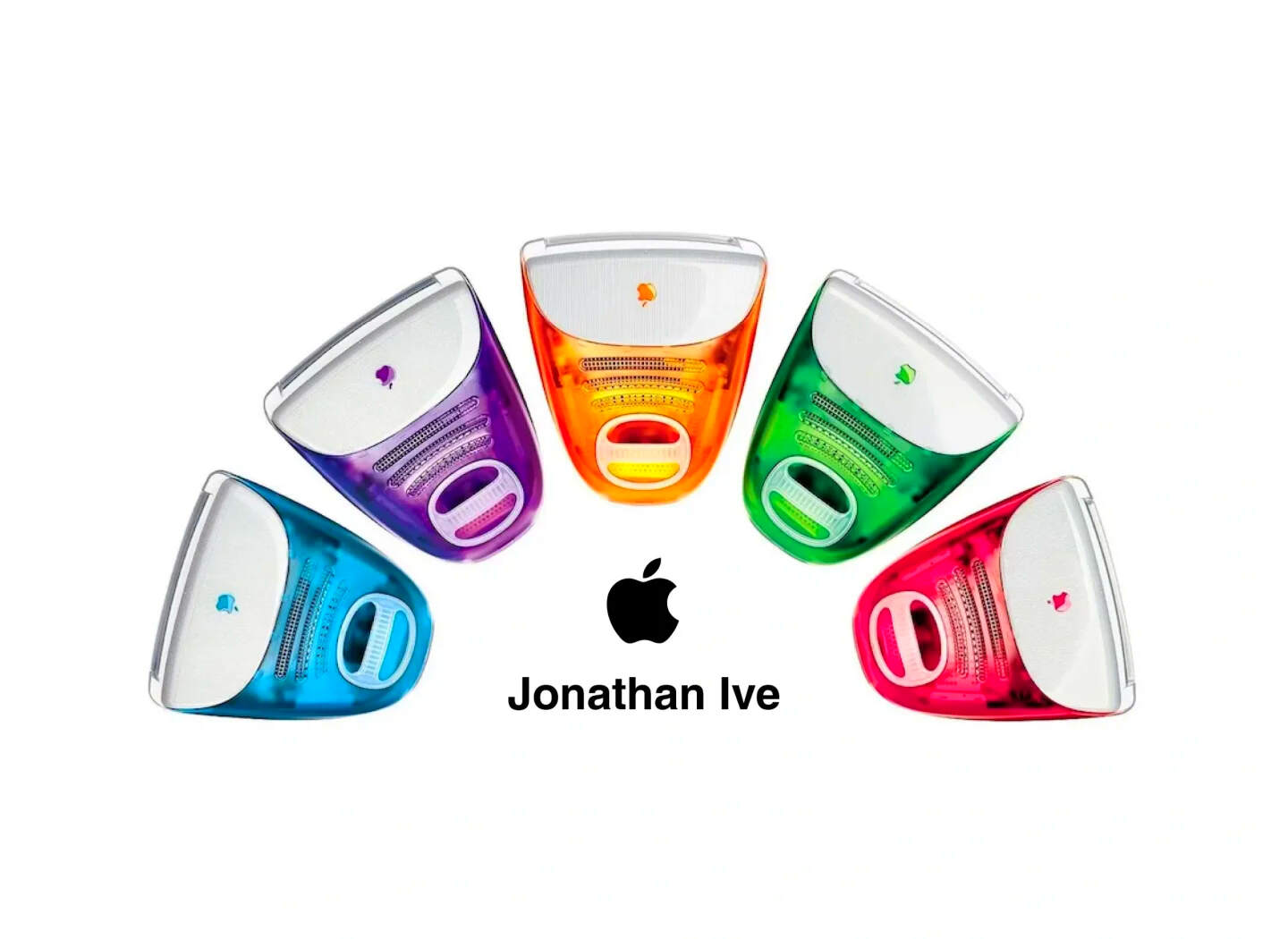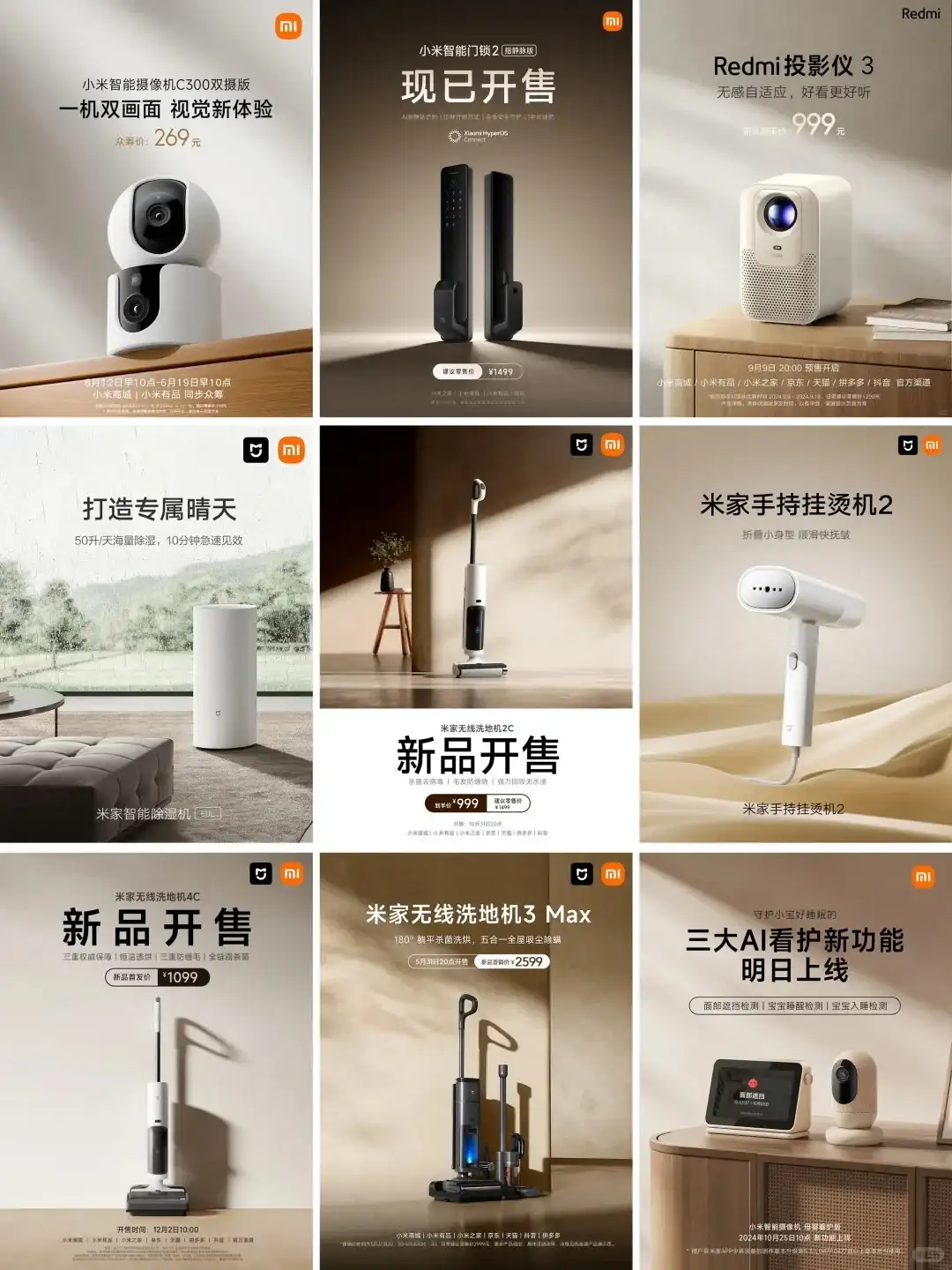NINEIDEA:深圳产品设计竞品分析是在具体项目中的核心需求,下面结合设计流程的系统化方法,涵盖目标定义、分析流程、核心方法及落地策略,尤其适配深圳硬件产品设计、智能硬件、消费电子等领域的方法分享:

明确竞品分析目标(项目启动阶段)
1. 锚定设计项目核心诉求
业务目标:差异化定位(如高端市场 / 性价比)、功能创新(填补市场空白)、体验升级(解决用户痛点)、成本优化(供应链对标)。
设计目标:明确分析侧重维度(如交互逻辑、CMF 设计、结构设计、用户界面、场景适配)。
例:设计 TWS 耳机时,若聚焦 “运动场景”,需重点分析竞品的佩戴稳固性、防水等级、续航与充电方案。
2. 定义竞品范围(3 类竞品分级)
直接竞品:功能高度重合、目标用户一致(如设计扫地机器人时,对标科沃斯 T 系列、石头 G 系列)。
间接竞品:满足相似需求但形态不同(如智能音箱 vs 传统收音机;便携投影仪 vs 电视)。
潜在竞品:跨领域可能转化的替代方案(如智能手表 vs 运动手环;折叠屏手机 vs 平板电脑)。
工具:用「用户需求 – 产品形态」矩阵可视化竞品边界,避免遗漏跨界威胁。
3. 策略推导:从分析到设计决策
差异化策略:
功能层:挖掘竞品未覆盖的细分需求(如儿童手表增加 “上课禁用” 模式,避开成人智能手表红海);
体验层:优化高频使用场景(如剃须刀竞品充电口在底部易进水,可设计侧面磁吸充电);
形态层:突破行业固有造型(如传统筋膜枪为长条形,可设计掌心贴合的弧形握把)。
风险规避:
专利查重(通过智慧芽、incopat 检索竞品专利,避免设计侵权);
供应链排雷(调研竞品核心部件供应商的产能稳定性,如深圳某设计公司曾因芯片供应商断供导致项目延期)。
资源聚焦:
根据分析结果明确设计优先级,例:plaintext
- 高价值+低难度功能(必做):如耳机增加“佩戴检测”(现有方案成熟);
- 高价值+高难度功能(评估后做):如骨传导耳机的“降风噪技术”(需联合声学实验室);
- 低价值功能(砍掉):如某运动相机的“冷门滤镜”(用户调研显示使用率<5%)。
4. 输出 actionable 报告(3 大核心模块)
竞品定位全景图:可视化竞品分布、核心优势、市场痛点(附数据来源);
设计机会点清单:按 “功能 / 体验 / 形态 / 技术” 分类,标注落地难度与资源需求;
执行建议:明确设计团队分工(如交互组优化某流程、结构组攻克某技术)、时间节点(如 2 周内完成竞品实物拆解)。
5. 动态迭代(贯穿设计全周期)
方案设计阶段:持续验证机会点是否被竞品迭代覆盖(每周跟踪竞品官网 / 电商平台更新);
打样测试阶段:对比工程样机与竞品的实测数据(如续航、手感、故障率),快速调优;
上市前:分析竞品最新营销策略,调整自身产品卖点(如竞品主打 “性价比”,则突出 “高端设计 + 专业性能”)。
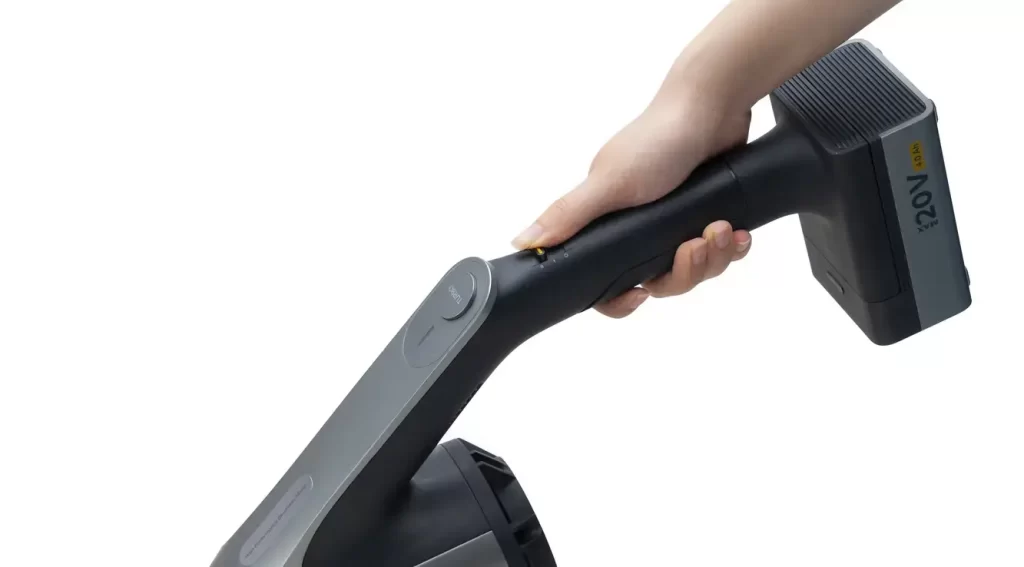
分析模型:六大核心方法(附工具模板)
① 功能对比矩阵
横向列竞品,纵向列功能点(基础功能 / 差异化功能 / 缺失功能),标注技术实现难度。
例:智能插座竞品分析中,对比 “远程控制”“定时开关”“能耗监测” 等功能的覆盖率。
② 用户体验地图(UX Map)
模拟用户使用路径(如 “购买 – 拆箱 – 首次配对 – 日常使用 – 售后”),标注竞品在各环节的痛点与亮点。
深圳案例:分析扫地机器人时,发现某竞品 “APP 连接成功率低” 是核心体验短板,可针对性优化。
③ SWOT 交叉分析
梳理竞品优势(如工艺成熟度)、劣势(如续航不足)、机会(如某细分场景空白)、威胁(如专利壁垒),对应设计策略(如规避专利雷区、强化续航设计)。
④ 设计语言解构
拆解竞品的视觉符号(如苹果的圆角矩形、戴森的环形出风口)、色彩策略(科技感多用银灰 / 蓝色)、材质搭配(金属 + 玻璃 vs 塑料 + 织物),提炼行业设计趋势与差异化突破口。
⑤ 技术可行性评估
针对竞品核心技术(如快充方案、降噪算法),联合硬件工程师评估实现成本与周期,标记 “可复用技术”“需突破技术”“需规避专利”。
⑥ 价格 – 价值坐标系
以 “价格” 为横轴,“核心价值点数量” 为纵轴,定位竞品分布区间,明确项目的市场切入策略(高端溢价 / 性价比突围)。
工具推荐:用 Figma 制作可视化矩阵,Miro 绘制体验地图,Notion 搭建竞品数据库。
The Core Method of Competitive Analysis in Shenzhen Product Design
NINEIDEA: Competitive analysis of Shenzhen product design is a core requirement in specific projects. Below, we will combine the systematic approach of the design process, covering goal definition, analysis process, core methods, and implementation strategies, especially methods that are suitable for Shenzhen hardware product design, intelligent hardware, consumer electronics, and other fields
Clarify competitor analysis objectives (project initiation phase)
- Anchor the core demands of the design project
Business objectives: Differentiated positioning (such as high-end market/cost-effectiveness), functional innovation (filling market gaps), experience upgrade (solving user pain points), cost optimization (supply chain benchmarking).
Design objective: Clearly analyze the key dimensions (such as interaction logic, CMF design, structural design, user interface, and scene adaptation).
For example, when designing TWS earphones, if focusing on “sports scenes”, it is necessary to analyze the stability, waterproof level, battery life, and charging scheme of competitors.
- Define the scope of competitors (grading of 3 types of competitors)
Direct competitors: highly overlapping functions and consistent target users (such as benchmarking against the Ecovacs T series and Stone G series when designing sweeping robots).
Indirect competitors: meeting similar needs but with different forms (such as smart speakers vs traditional radios; Portable projector vs TV.
Potential competitors: alternative solutions that may be transformed across different fields (such as smartwatches vs sports wristbands); Folding screen phone vs tablet.
Tool: Visualize the boundaries of competitors using the “User Requirements Product Form” matrix to avoid overlooking cross-border threats.
- Strategy derivation: from analysis to design decision-making
Differentiation strategy:
Functional layer: Explore segmented needs not covered by competitors (such as adding a “class disabled” mode to children’s watches to avoid the red ocean of adult smartwatches);
Experience layer: Optimize high-frequency usage scenarios (such as charging ports for razor competitors that are prone to water ingress at the bottom, and can be designed with side magnetic charging);
Form layer: Breaking through the inherent shape of the industry (such as the traditional fascia gun being long and can be designed with a curved grip that fits snugly in the palm).
Risk avoidance:
Patent plagiarism check (searching for competitor patents through Smart Sprout and Incopat to avoid design infringement);
Supply chain mine clearance (researching the production capacity stability of core component suppliers of competitors, such as a design company in Shenzhen that experienced project delays due to chip supplier supply disruptions).
Resource Focus:
Based on the analysis results, clarify the design priority, for example: plaintext
High value+low difficulty features (must do): such as adding “wear detection” to headphones (existing solutions are mature);
High value+high difficulty features (to be done after evaluation): such as the “wind noise reduction technology” for bone conduction headphones (to be combined with an acoustic laboratory);
Low value function (cut off): such as the “unpopular filter” of a certain sports camera (user research shows usage rate<5%).
- Output actionable reports (3 core modules)
Competitive positioning panorama: visualize the distribution of competitors, core advantages, and market pain points (with data sources attached);
Design opportunity list: Classify by “function/experience/form/technology” and indicate the difficulty of implementation and resource requirements;
Implementation suggestion: Clearly define the division of labor among the design team (such as optimizing a certain process for the interaction group, conquering a certain technology for the structure group), and the timeline (such as completing the physical dismantling of competitors within 2 weeks).
- Dynamic iteration (throughout the entire design cycle)
Plan design phase: Continuously verify whether the opportunity points are covered by competitor iterations (tracking updates on competitor websites/e-commerce platforms on a weekly basis);
Sample testing phase: Compare the actual test data of the engineering prototype with competitors (such as battery life, feel, and failure rate), and quickly optimize it;
Before going public: Analyze the latest marketing strategies of competitors and adjust the selling points of your own products (such as highlighting “high-end design+professional performance” if competitors focus on “cost-effectiveness”).

Analysis Model: Six Core Methods (with Tool Template)
① Function Comparison Matrix
Horizontally list competitors, vertically list functional points (basic functions/differentiated functions/missing functions), and indicate the difficulty of technical implementation.
Example: In the analysis of smart socket competitors, compare the coverage of functions such as “remote control”, “timed switch”, and “energy consumption monitoring”.
② User Experience Map (UX Map)
Simulate user usage paths (such as “purchase unpacking first pairing daily use after-sales”), and mark the pain points and highlights of competitors in each link.
Shenzhen case: When analyzing floor cleaning robots, it was found that a competitor’s “low success rate of APP connection” is a core experience weakness that can be optimized accordingly.
③ SWOT Cross Analysis
Sort out the advantages of competitors (such as process maturity), disadvantages (such as insufficient battery life), opportunities (such as gaps in a certain niche scenario), threats (such as patent barriers), and corresponding design strategies (such as avoiding patent minefields and strengthening battery life design).
④ Deconstruction of Design Language
Disassemble the visual symbols of competitors (such as Apple’s rounded rectangle and Dyson’s circular air outlet), color strategy (using silver gray/blue for technological sense), material matching (metal+glass vs plastic+fabric), and extract industry design trends and differentiation breakthroughs.
⑤ Technical feasibility assessment
Collaborate with hardware engineers to evaluate the implementation cost and cycle for core technologies of competitors, such as fast charging solutions and noise reduction algorithms, and label them as “reusable technology”, “breakthrough technology”, and “patent avoidance”.
⑥ Price Value Coordinate System
Using “price” as the horizontal axis and “number of core value points” as the vertical axis, locate the distribution range of competitors and clarify the market entry strategy of the project (high-end premium/cost-effectiveness breakthrough).
Tool recommendation: Use Figma to create a visual matrix, Miro to draw an experience map, Notion to build a competitor database.










